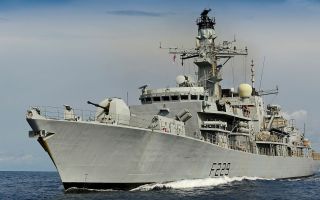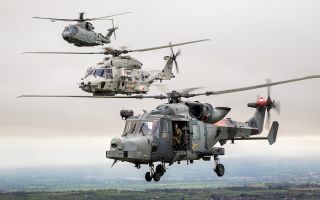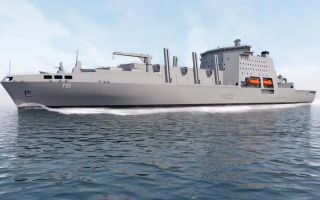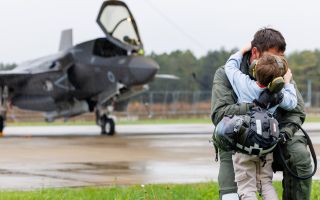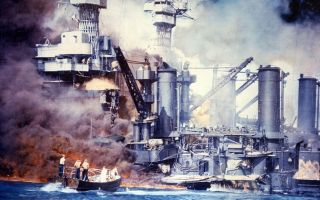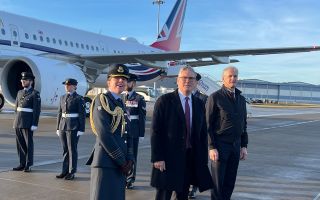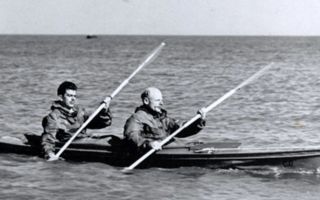On patrol in the High North: The Nato maritime group keeping an eye on Russia in the Arctic
It's been decades since a Nato maritime group has deployed so high up in the Arctic.
The alliance is keen to show Russia that it can operate here.
And so far, it seems to be working.
Potential confrontation
The region is rich in oil and gas resources – and a site of potential nuclear confrontation.
For many years, the Arctic was a region of relative peace and cooperation between Russia and the West.
But Russia's invasion of Ukraine in 2022 has seen the security dynamics change in this region, isolating Russia from the West and pushing Finland and Sweden to join Nato.
This means seven of the eight Arctic nations are now Nato members.
Russia has been building up its military presence in the area in the name of defending its borders and using the Arctic as a testing ground for missile systems it would use in Ukraine.
The High North is a growing area of importance for Nato, with Russia controlling over half of the Arctic's coastline – 24,000km.
On this deployment, the vessels of Standing Nato Maritime Group 1 (SNMG1) were 100 nautical miles from Russian territory.
Whether it's warfare, reconnaissance or rescuing, these Nato vessels are ready to react to developments at sea in the Nato area.
And if a Russian attack did take place here, they'd be one of the first to respond.
Commodore Arjen Warnaar, the commander of SNMG1, told BFBS Forces News: "Obviously, we're very much looking at what Russia is doing.
"You're talking about aggression. You're specifically talking about the situation in Ukraine. Obviously, we are concerned, and that is something we're ready for."
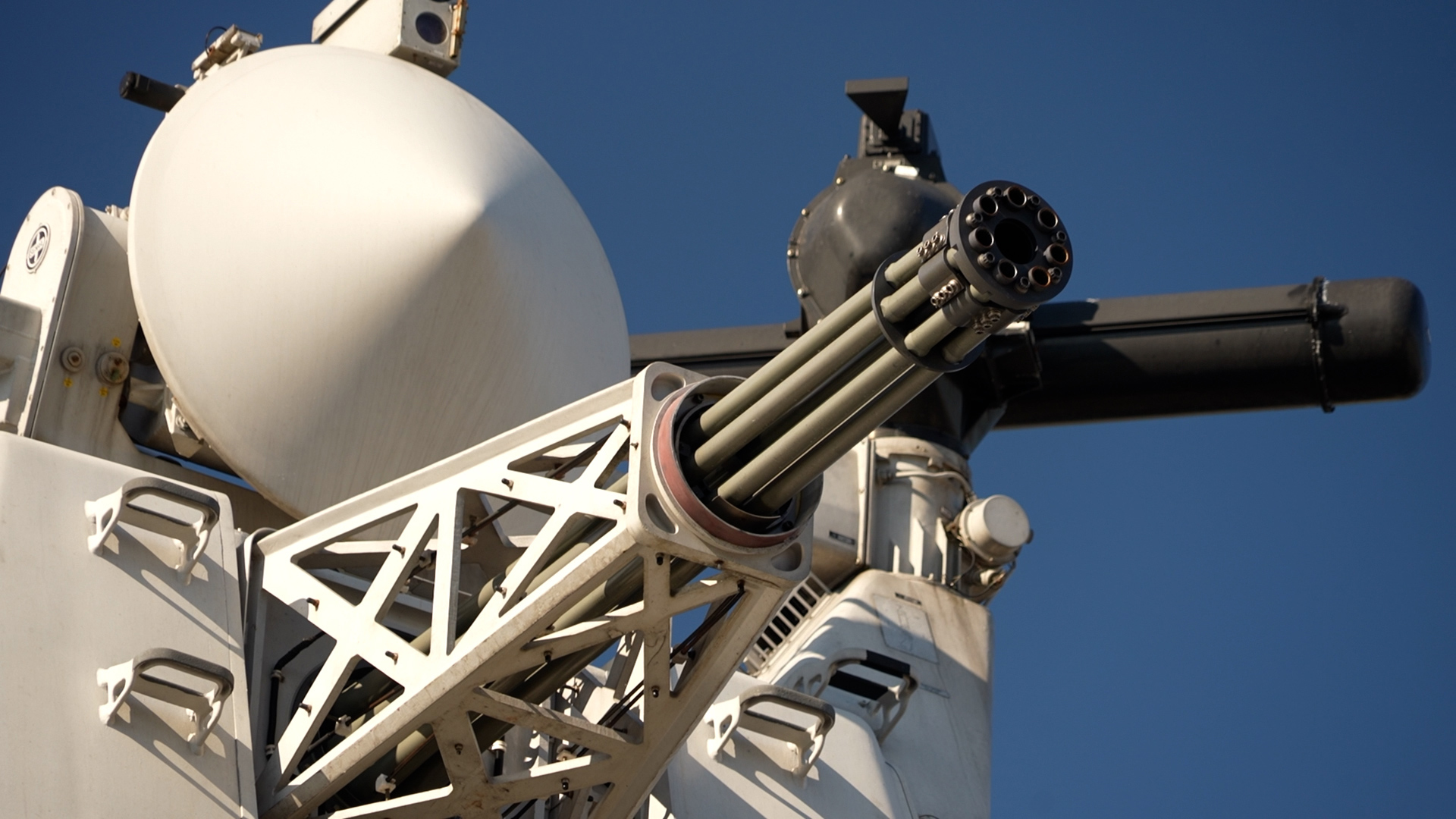
Gateway needs to be monitored closely
Commander Craig Raeburn, the Chief of Staff of SNMG1, explained: "What we call the Greenland-Iceland-UK gap is basically the gateway for Russian forces to enter the Atlantic, and for their submarine force as well to enter the Atlantic.
"After Norway, the next stop for Russian forces is the UK. So that's why it's key that we have a presence here, why we have the ability to operate here."
He was asked what impact Nato has had being in the High North, given the war Russia has been fighting in Ukraine at the moment.
"Well, it just gives them a dilemma to think about of us operating next to them, which we have every right to do," he replied.
"And of course, it's in the backyard of one of our main Nato partners, Norway."
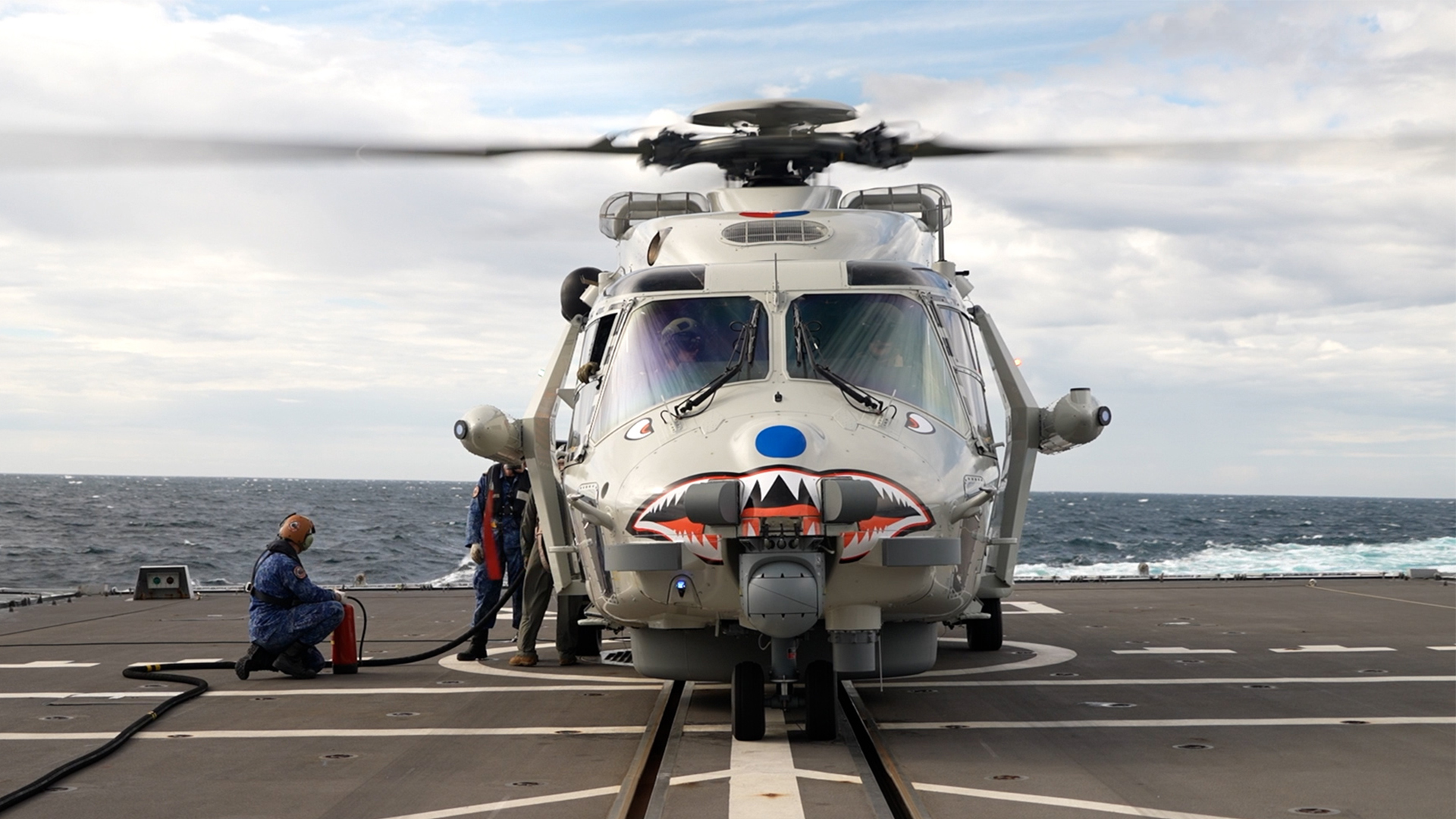
Less Russian activity than usual
Cdre Warnaar said of Nato's interaction with the Russians in the region: "We keep a lookout. They keep a lookout. But the interaction has been very professional.
"I think their numbers are down a bit. We used to see more activity. My guess is that all the activity, all the stuff they're doing has them a bit stretched."
If Nato vessels were to come under attack, the crews would need to manoeuvre the vessels into various formations quickly and accurately.
This is one of the things the maritime group has been practising, with its current flagship, the Dutch frigate HNLMS De Ruyter, along with Nato allies Germany and Portugal highlighting how communication is vital.
A Dutch officer, identified only as Lieutenant Roelof for security reasons, explained: "If there are any threats coming in our direction, like incoming missiles, we need to train ourselves in taking station very quickly to defend the other vessels.
"And in the scenario that one of the missiles has struck another vessel and they are damaged and are not able to use their own defence systems, we come in to help them out and defend their units."
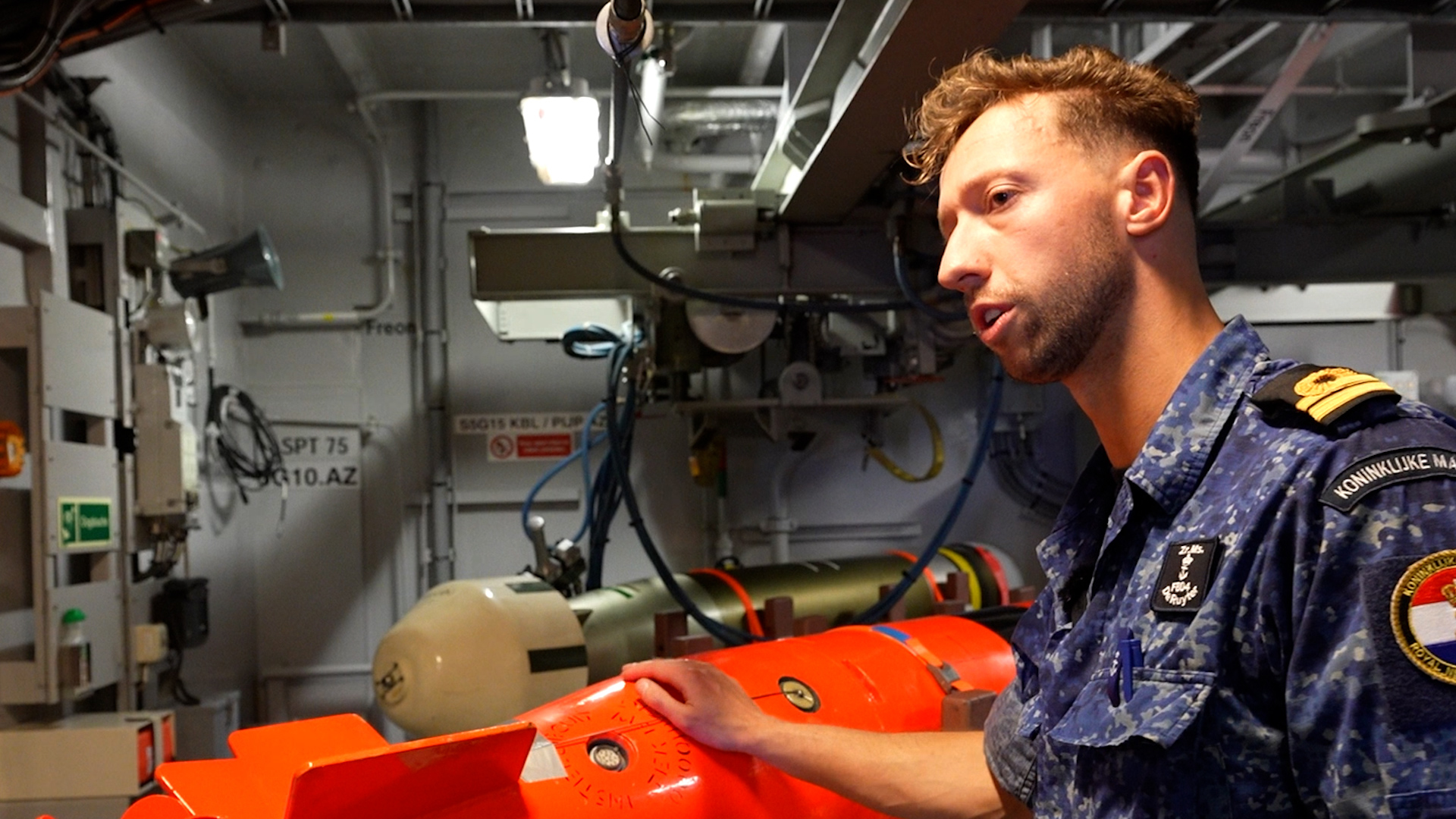
Deterrence the key, not war
Being a defensive organisation, it's made clear the Nato maritime group is here to prevent any scenario where weapons would be used.
Rather, these ships are acting as a deterrent in an increasingly tense region where climate change is opening up new routes and where collective security is vital.
That means the existing force would quickly be expanded, should the need arise.
"Maritime Group 1, we're more or less a plug-and-play asset," said Cdre Warnaar.
"At the moment, you just see three ships. But if anything happens here, there'll probably be 12 or more."

